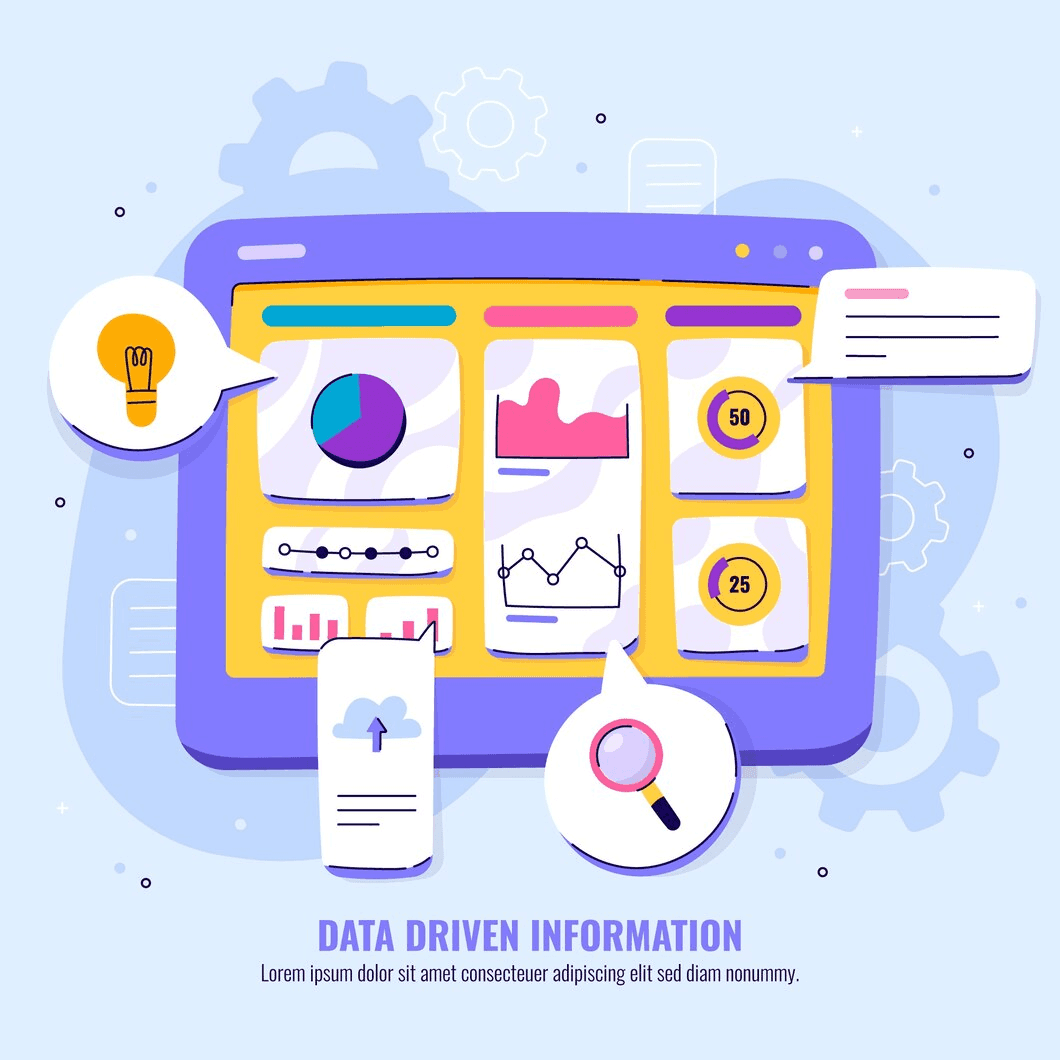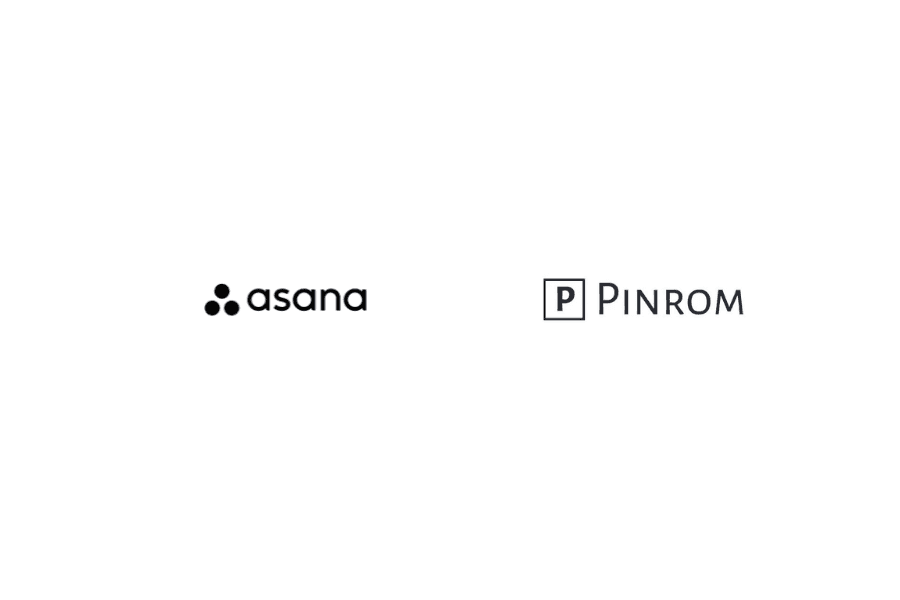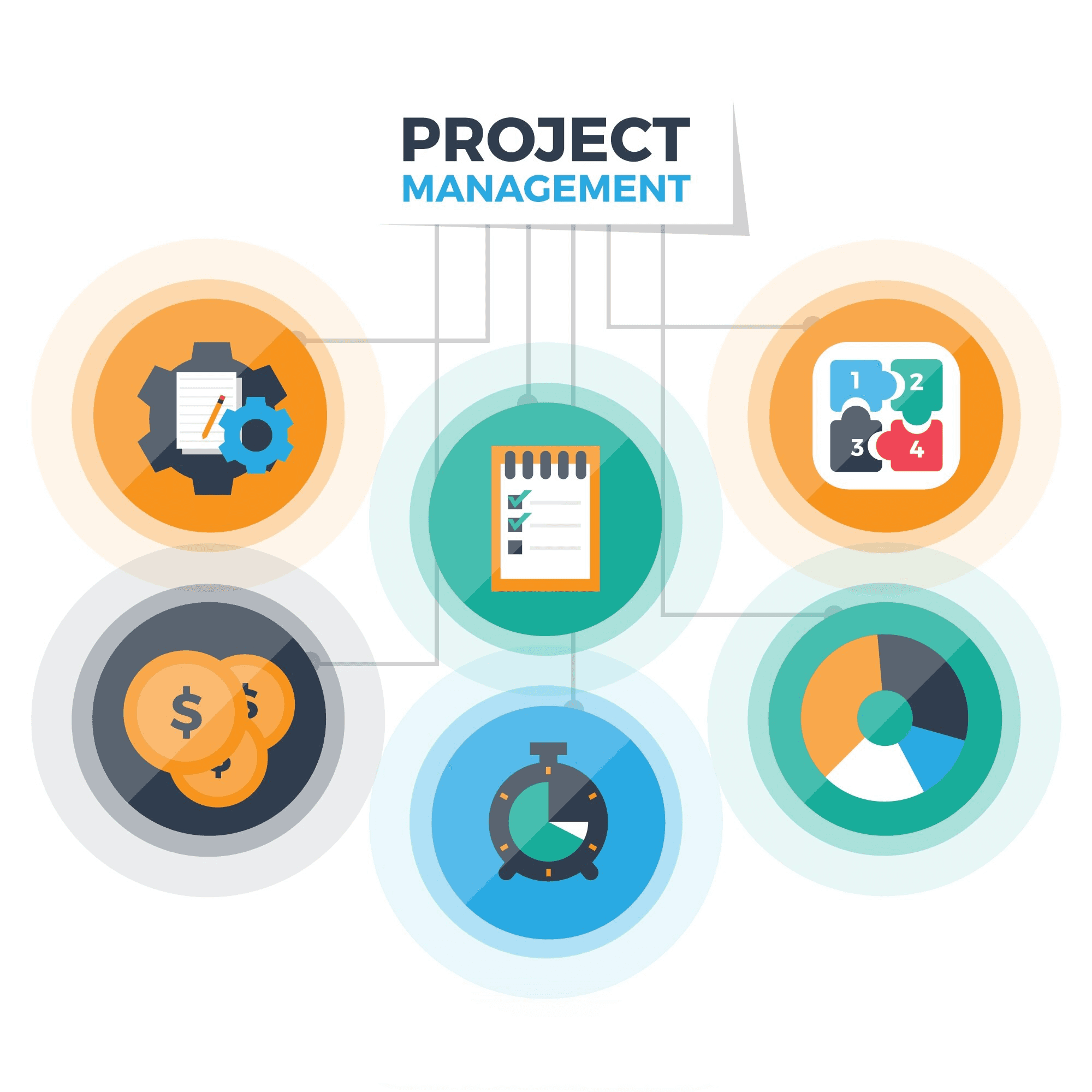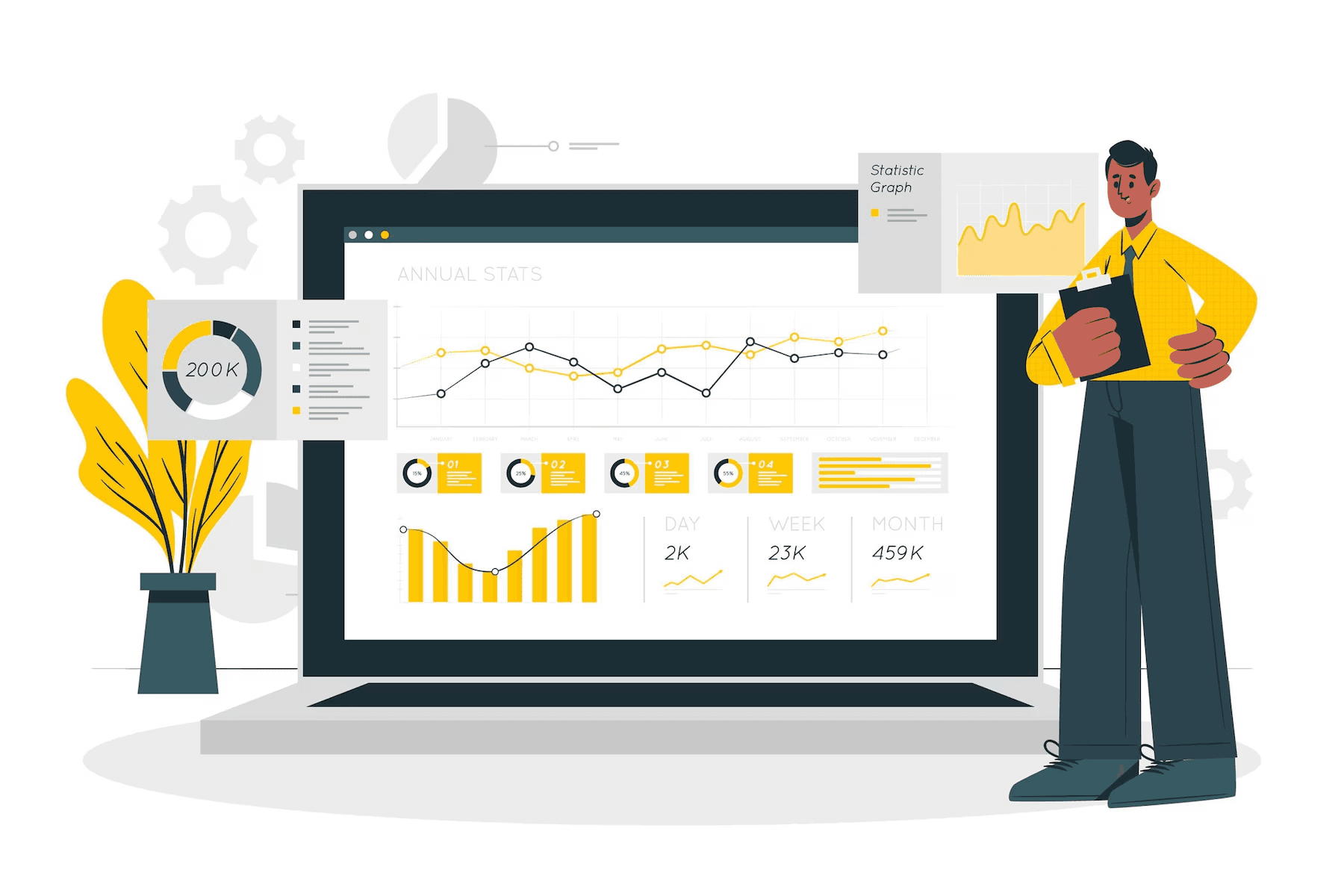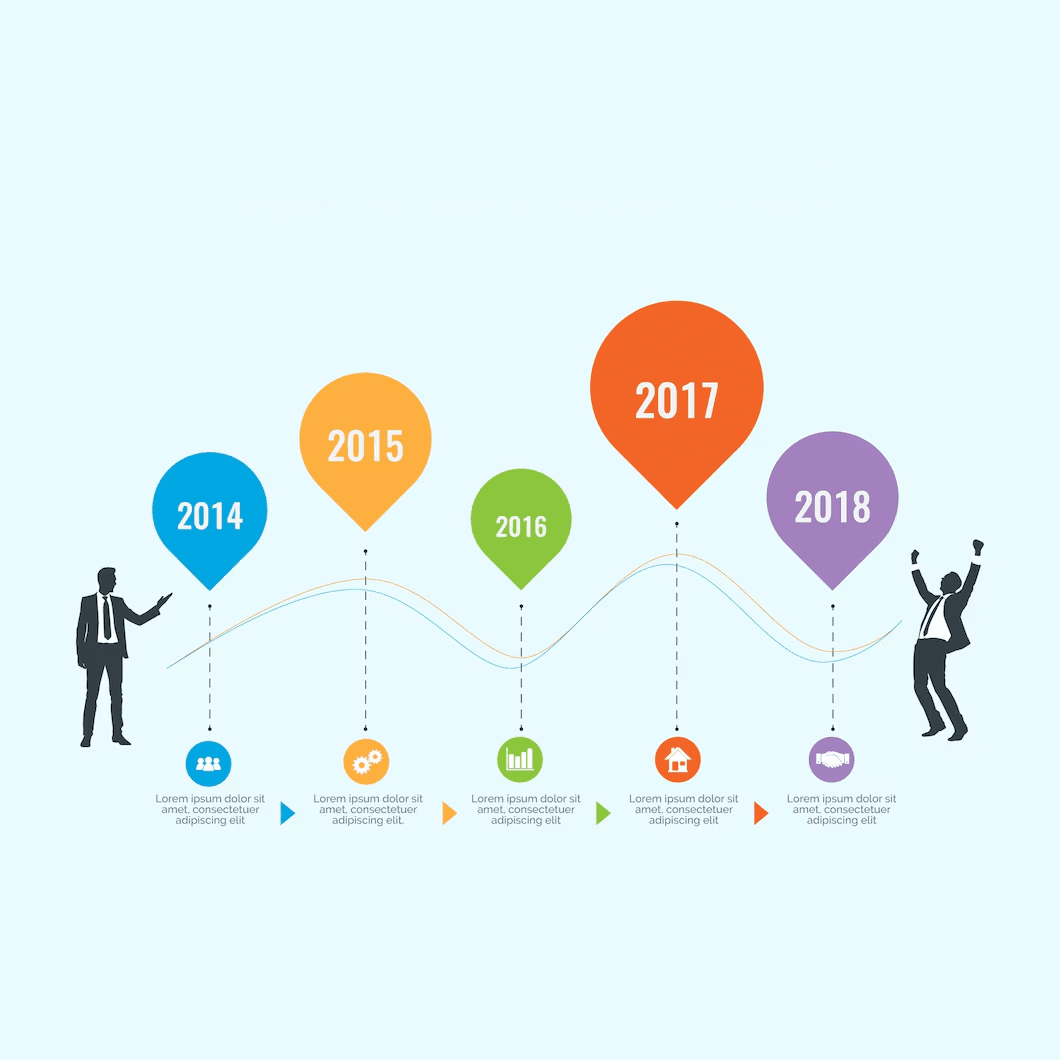Managing marketing campaigns involves more than just creativity; it demands careful planning, seamless coordination, and an ongoing focus on the details. With multiple moving parts, from strategy to execution, it’s easy to lose track of what matters most. So, what makes the difference between campaigns that hit their targets and those that falter?
As marketers navigate the complexities of their roles, a set of key tools or approaches stands out—but what exactly defines the right framework to ensure successful execution across all phases? The answer lies in one often-overlooked aspect.
Managing Multiple Campaigns
Streamlining Campaign Tracking
Managing multiple marketing campaigns simultaneously demands a clear structure. A centralized project management platform helps organize each campaign in one place, providing marketers with an immediate overview of progress across campaigns.
Features such as task assignments, detailed timelines, and the ability to filter by priority enable teams to manage their workload effectively. This structure ensures that no campaign is left behind and that resources are allocated where they are most needed.
Prioritizing Tasks and Deadlines
The success of any marketing campaign lies in the ability to prioritize and meet deadlines consistently. With marketing projects often subject to unexpected shifts, a project management system equipped with priority-setting features is vital.
Tools like deadline tracking, task labels, and customizable workflows allow marketing teams to adjust their focus dynamically based on emerging demands. This reduces delays and prevents critical tasks from falling through the cracks. Every marketer stays aligned with the primary goal: completing the campaign on time and within scope.
Alignment and Collaboration
Securing Team Alignment
Effective team alignment is non-negotiable when working on campaigns involving diverse functions, from content creators to ad specialists. Project management tools foster this alignment by offering a shared workspace where project goals, timelines, and individual responsibilities are outlined and tracked in real-time.
With a clear, visual structure, everyone on the team knows where they stand with the project’s progress. This continuous visibility ensures transparency, where no one works in isolation or on assumptions.
Enhancing Cross-Functional Collaboration
Modern marketing projects often require input from several departments, including content teams, design teams, and strategists. A project management system that allows for seamless collaboration between these diverse groups is crucial for campaign success.
Shared calendars, real-time task updates, and collaborative document editing are features that enhance communication. These features ensure that every team member, regardless of their role, is working with the most current information and is able to give timely feedback, reducing the chances of miscommunication.
Tracking Progress and Managing Budgets
Real-Time Project Progress Tracking
In the fast-paced world of marketing, staying on top of project progress in real-time is a fundamental requirement. Effective project management tools provide visibility into every phase of a campaign, using visual indicators like Gantt charts or Kanban boards.
These tools track milestones, deadlines, and task completions. With such clarity, project managers can instantly identify bottlenecks and allocate resources accordingly to ensure that the project continues to progress smoothly.
Tight Budget Control
Marketing campaigns often operate within tight budgets, making cost management a critical element of project management. A project management platform equipped with budget-tracking capabilities ensures that marketing teams stay within financial limits while also tracking resource allocation.
With the ability to monitor spending across various campaign elements and identify areas where costs can be optimized, project managers can make data-driven decisions that safeguard profitability. Budget alerts also help prevent overspending, allowing for mid-project adjustments without sacrificing key campaign objectives.
Client and Stakeholder Management
Setting Client Expectations
Managing expectations is a key aspect of any marketing project, especially when multiple stakeholders are involved. A project management platform that allows for real-time updates, shared progress reports, and transparent communication channels helps keep all clients and stakeholders informed at every stage.
This proactive approach reduces the likelihood of miscommunication or dissatisfaction. As a result, clients are kept in the loop, and their input is easily integrated into the project timeline, ensuring that their needs are met without disrupting project flow.
Comprehensive Reporting and Analytics
Stakeholders require regular updates on project performance. A sophisticated project management tool provides robust reporting and analytics features that give stakeholders insights into how the campaign is performing, including key metrics such as engagement rates, conversion rates, and budget utilization.
Customizable reports allow for detailed presentations tailored to each stakeholder, from upper management to clients. These reports not only show how well a campaign is performing but also provide actionable data for future campaigns, ensuring a continuous feedback loop.
Document Management and Approvals
Version Control for Marketing Materials
Marketing campaigns often involve multiple rounds of edits and iterations. Version control is a crucial feature in project management software, allowing teams to track changes to creative assets and documents.
Whether it’s a social media post or an ad copy, version control ensures that every team member is working with the latest file, reducing errors and duplication of effort. This feature also allows teams to review and roll back to previous versions if necessary, maintaining consistency across all deliverables.
Efficient Approval Workflow
Approvals are a necessary yet time-consuming part of the marketing process. Streamlining this process with automated approval workflows is a game-changer. Project management tools allow users to set up approval stages that notify the right stakeholders at the appropriate time.
This reduces delays in getting sign-offs, speeds up decision-making, and eliminates the chaos of chasing approvals through email or informal communication channels. With this feature, content moves through the approval pipeline quickly, ensuring that marketing teams meet their deadlines without sacrificing quality.
Handling Scope Changes and Tight Deadlines
Adapting to Scope Changes
Scope creep is inevitable in marketing projects, as client demands and external factors shift. Project management systems that allow easy modifications to project timelines, tasks, and resource allocation help teams adapt quickly.
With these systems in place, marketing teams can incorporate changes seamlessly without causing disruptions. Whether it’s adding new deliverables or adjusting deadlines, the tool enables project managers to pivot efficiently while keeping the project on track.
Meeting Tight Deadlines
Marketing campaigns often have fixed deadlines dictated by external factors like product launches or seasonal trends. Project management tools equipped with task tracking and time management features ensure that deadlines are met even under pressure.
With time estimation tools and reminders in place, team members are constantly aware of upcoming deadlines, allowing for better time allocation and task prioritization. This ensures that even the most demanding deadlines are handled with precision.
Cross-Functional Collaboration
Bridging Gaps Between Teams
Marketing projects require smooth collaboration between various departments, such as content creation, design, and strategy. A project management platform facilitates this by centralizing communication and task assignment in one location.
With the ability to tag individuals, leave comments, and assign tasks directly to relevant teams, collaboration becomes effortless. This eliminates silos and ensures that everyone is aligned with the project’s overall goals, making it easier to address issues as they arise.
Ensuring Integrated Workflow
The integration of project management tools with other marketing platforms is key to reducing inefficiencies. By integrating tools like social media schedulers, email marketing platforms, or analytics dashboards, project management systems provide a cohesive workflow that tracks all campaign elements from start to finish.
These integrations ensure that marketing professionals are not switching between multiple platforms, leading to faster execution and better results.
Conclusion
Efficient project management is critical for the success of marketing campaigns. With the right system in place, marketing teams can streamline tasks, enhance collaboration, maintain budgets, and deliver campaigns on time.
Key features such as real-time tracking, document management, and adaptability to project scope allow teams to stay agile and focused on execution. When managed effectively, marketing projects run smoother, and goals are achieved more efficiently.
For an affordable solution that balances cost and functionality, Pinrom provides a powerful project management tool at just $1 per user.
